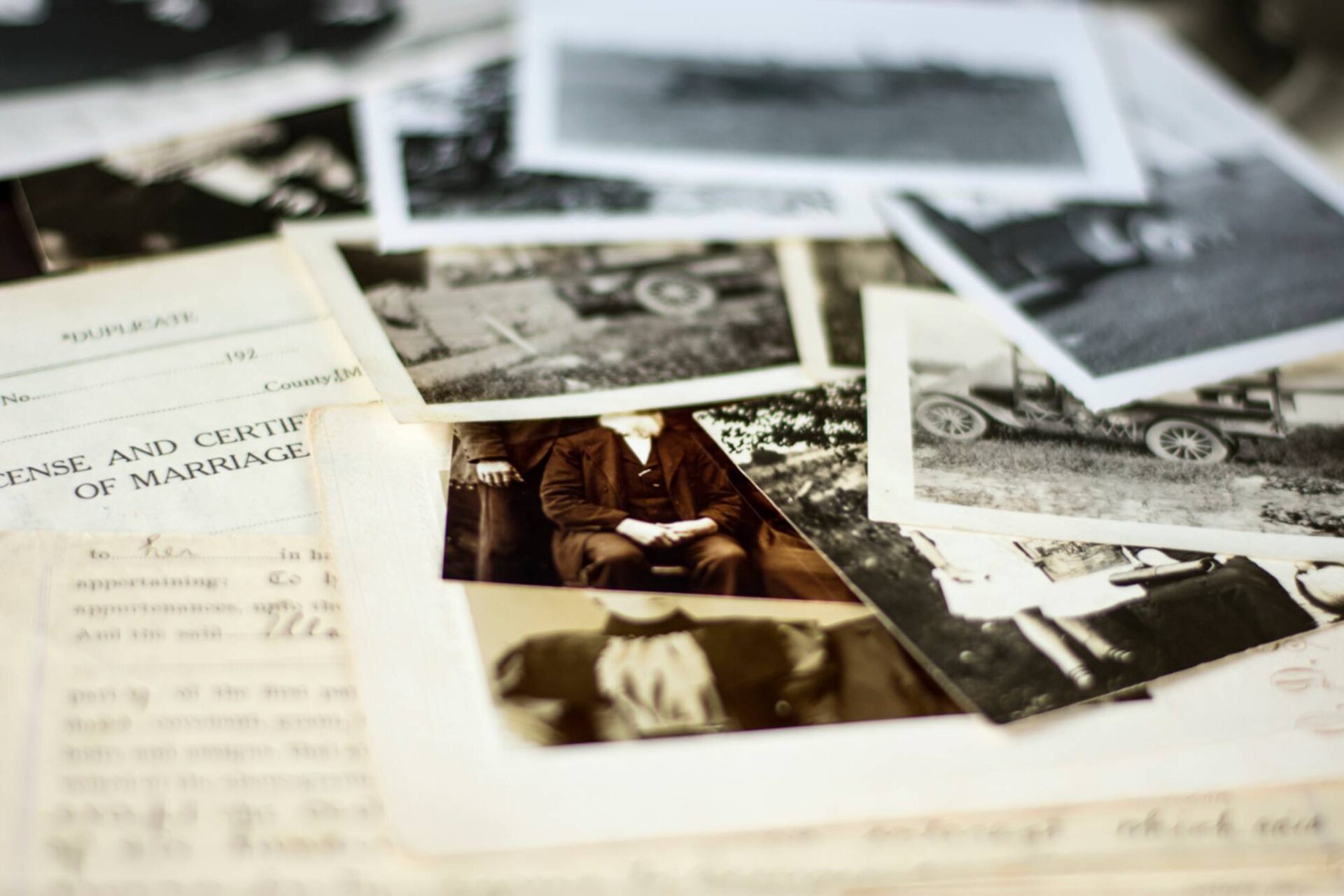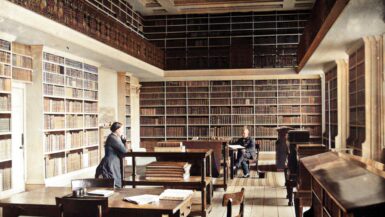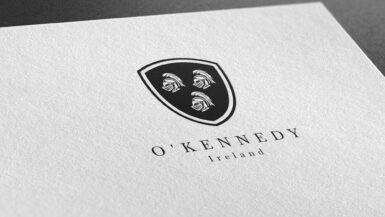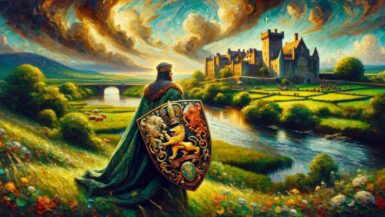The Muldoon surname, known traditionally as “Ó Maoldúin” in Gaelic, is deeply rooted in the rich tapestry of Irish history. Its emergence can be traced back to ancient times, denoting lineage and familial ties. As is the case with many Irish surnames, the name speaks of a connection to a revered ancestor or a significant trait.
Etymology and Meaning
The name “Ó Maoldúin” can be broken down into two primary Gaelic components: “Maol,” often signifying “devotee” or “bald,” and “Dúin,” translating to “fort.” Thus, “Ó Maoldúin” might represent a “descendant of the devotee of the fort,” indicating a possible ancestral connection to someone devoted to a stronghold or fortress, perhaps symbolizing guardianship or leadership.
Earliest Known Usage
References to the Muldoon name, or its Gaelic form “Ó Maoldúin,” appear in medieval manuscripts and records. These early traces underscore the family’s longstanding presence in Irish society, with the name being associated with leadership or nobility in certain regions.
Geographic Distribution
Throughout the centuries, the Muldoons have left their mark across various parts of Ireland. Their journey, driven by societal shifts, opportunities, and challenges, extends beyond the confines of their homeland.
Original Geographic Location
Historical records place the Muldoon family, or the “Ó Maoldúin” clan, predominantly in the northern regions of Ireland. County Tyrone, in particular, stands out as a significant ancestral base for the Muldoons.
Migration Patterns
Economic hardships, political strife, and the lure of new opportunities led many Irish families, including the Muldoons, to seek fortunes elsewhere. Significant waves of migration, especially during the 19th century due to events like the Great Famine, saw the Muldoons venturing to lands including North America, Australia, and other parts of Europe.
Historical Context
Notable Historical Events
- The Nine Years’ War (1594-1603): As with many Northern Irish clans, the Muldoons would have been affected by this significant conflict between Gaelic Irish chieftains and English rule. Their allegiances and roles during this tumultuous period would have had lasting implications.
- Plantation of Ulster (Early 17th Century): This event, aiming to populate Ulster with English and Scottish settlers, inevitably impacted native families like the Muldoons, leading to land displacements and societal shifts.
Involvement in Key Moments in History
The Muldoons, given their regional prominence, might have played roles in various capacities during Ireland’s diverse historical events, from revolts and rebellions to cultural and economic movements.
Notable Irish Bearers of the Surname
Famous Individuals
- Paul Muldoon: A contemporary figure, Paul Muldoon is an internationally acclaimed poet hailing from Northern Ireland. His works, characterized by wit, linguistic dexterity, and a deep connection to his roots, have earned him numerous accolades.
Influential Figures
Over the ages, the Muldoon lineage has produced numerous individuals who’ve contributed to Irish society’s cultural, political, and social landscapes in varied capacities.
Variations of the Surname
Spelling Variations
The anglicization of Gaelic names, combined with regional dialects, has produced several variants of Muldoon, including Muldown, Muldune, and possibly others.
Regional Differences
While the core essence and meaning of the name remain consistent, subtle variations might exist based on regional accents and pronunciations, particularly across Ireland’s linguistically diverse regions.
Current Statistics and Distribution
Frequency and Global Distribution
While the Muldoon name remains deeply rooted in its Irish origins, it has found a place in various parts of the world, thanks to historical migrations. The United States, Canada, the UK, and Australia are notable regions with significant Muldoon presences.
Changes Over Time
The Muldoon name has undergone shifts in its distribution from its early days in County Tyrone. With the passage of time, the global Muldoon diaspora has grown, especially during the 19th and 20th centuries.
Family Coat of Arms
The Muldoon crest is traditionally represented with a shield featuring a black lion rampant on a silver field. The lion, a universal symbol of bravery, strength, and leadership, indicates the family’s noble stature and their esteemed position within society. Atop the shield rests a helmet, indicative of protection and guardianship, signifying the Muldoon family’s role as custodians of their traditions and territories.
Surrounding the shield are ornate flourishes and mantling, which in heraldic terms represents the protective cloth covering worn by knights over their armor to shield them from the sun’s heat. These decorations not only add to the aesthetic appeal but also signify the protective nature of the family.
Finally, the motto traditionally associated with the Muldoon crest is “Fortis et Fidelis,” translating to “Brave and Faithful,” echoing the family’s unwavering commitment to their principles and their land.






Leave a reply